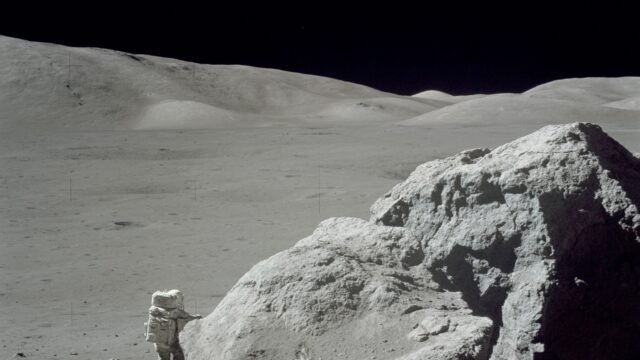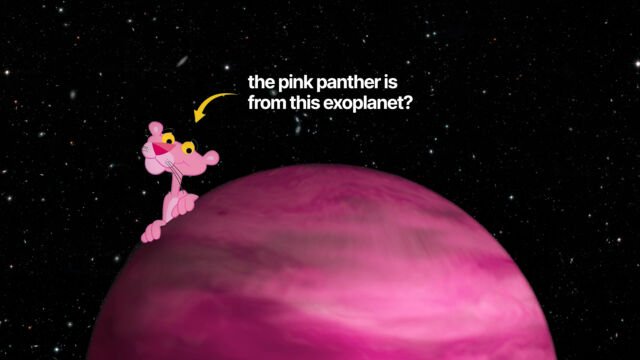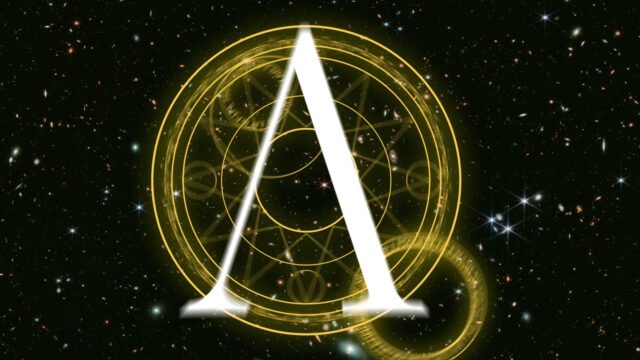ESA’s Jupiter Icy Moon Explorer (JUICE), a voyager mission to Jupiter’s Icy moons, Ganymede, Callisto, and Europa is planned to launch on 13 April 2023 at 13:15 BST/14:15 CEST from the European Space Agency Spaceport in Kourou in French Guiana using the Arianne 5 rocket[1].
JUICE is the first large-class mission in ESA’s Cosmic Vision 2015-2025 program, it will focus on characterizing the conditions that may have led to the habitable conditions of the three ocean-bearing Jovian Moons namely Ganymede, Callisto, and Europa.
The mission will especially emphasize Ganymede, the largest moon in the solar system because it provides a natural laboratory for the analysis of the evolution and potential habitability of icy worlds.
Ganymede is unique among the moons because it has its own magnetic field and complex interaction with Jupiter’s magnetosphere.
JUICE will study this phenomenon in detail, as well as Ganymede’s geology, surface features, atmosphere, and subsurface ocean.
The spacecraft will also investigate the characteristics and potential habitability of Europa and Callisto, which also have liquid-water oceans beneath their icy crusts, and measure their chemical composition, thermal activity, and geophysical properties.
The mission will characterize these moons as both planetary objects and possible habitats and explore Jupiter’s complex environment in depth.
The JUICE spacecraft will contain a total of 10 instruments for remote sensing, geophysical, and In-situ(Water monitoring and analyzing) and will utilize a 2.5-meter diameter High Gain Antenna, equipped with X- and Ka- bands, to facilitate telemetry/telecommand links for everyday operation and radio science-based research, about 1.4 Gbits of scientific data will be downloaded every day.
The spacecraft will be carrying the following 10 payloads:
- 3GM or Gravity & Geophysics of Jupiter and Galilean Moons is a radio package that will study the gravity field of Ganymede, the internal oceans of the icy moons, and the atmosphere and ionosphere of Jupiter and its moons.
- GALA or Ganymede Laser Altimeter is a laser instrument that will measure the tidal deformation and topography of the surfaces of the icy moons.
- JANUS is an optical camera system that will image the global, regional, and local features and processes on the moons, as well as map the clouds of Jupiter.
- J-MAG or JUICE magnetometer is a sensor that will characterize the magnetic field of Jupiter and its interaction with Ganymede’s magnetic field, and study the subsurface oceans of the icy moons.
- MAJIS or Moons and Jupiter Imaging Spectrometer is a spectrometer that will observe the cloud features and atmospheric constituents on Jupiter, and characterize the ice and minerals on the icy moon’s surfaces.
- PEP or Particle Environment Package is a package of sensors that will characterize the plasma environment of the Jupiter system.
- RIME or Radar for Icy Moons Exploration is an ice-penetrating radar that will study the subsurface structure of the icy moons down to a depth of around nine kilometers.
- RPWI or Radio and Plasma Wave Investigation is a suite of sensors and probes that will characterize the radio emission and plasma environment of Jupiter and its icy moons.
- SWI or Sub-millimeter Wave Instrument is an instrument that will investigate the temperature structure, composition, and dynamics of Jupiter’s atmosphere, and the exospheres and surfaces of the icy moons.
- UVS or UV imaging spectrograph is a spectrograph that will characterize the composition and dynamics of the exospheres of the icy moons, study the Jovian aurorae, and investigate the composition and structure of Jupiter’s upper atmosphere.
JUICE will launch on 13th April 2023 and will enter Jupiter’s orbit in July 2031, it plans to take 50 close approaches to Jupiter’s moons.
It will be a historic mission as it will be the first spacecraft to enter into the orbit of a moon other than our own, as it will permanently enter the orbit of Ganymede after several flybys of other moons, by December 2034.
You can Follow Mission’s JUICE Launch live.
References
- European Space Agency, ‘SCIENCE OBJECTIVES’, “The focus of JUICE is to characterize the conditions that may have led to the emergence of habitable environments among the Jovian icy satellites, with special emphasis on the three ocean-bearing worlds, Ganymede, Europa, and Callisto.”, https://www.esa.int/Science_Exploration/Space_Science/Juice[↩]





